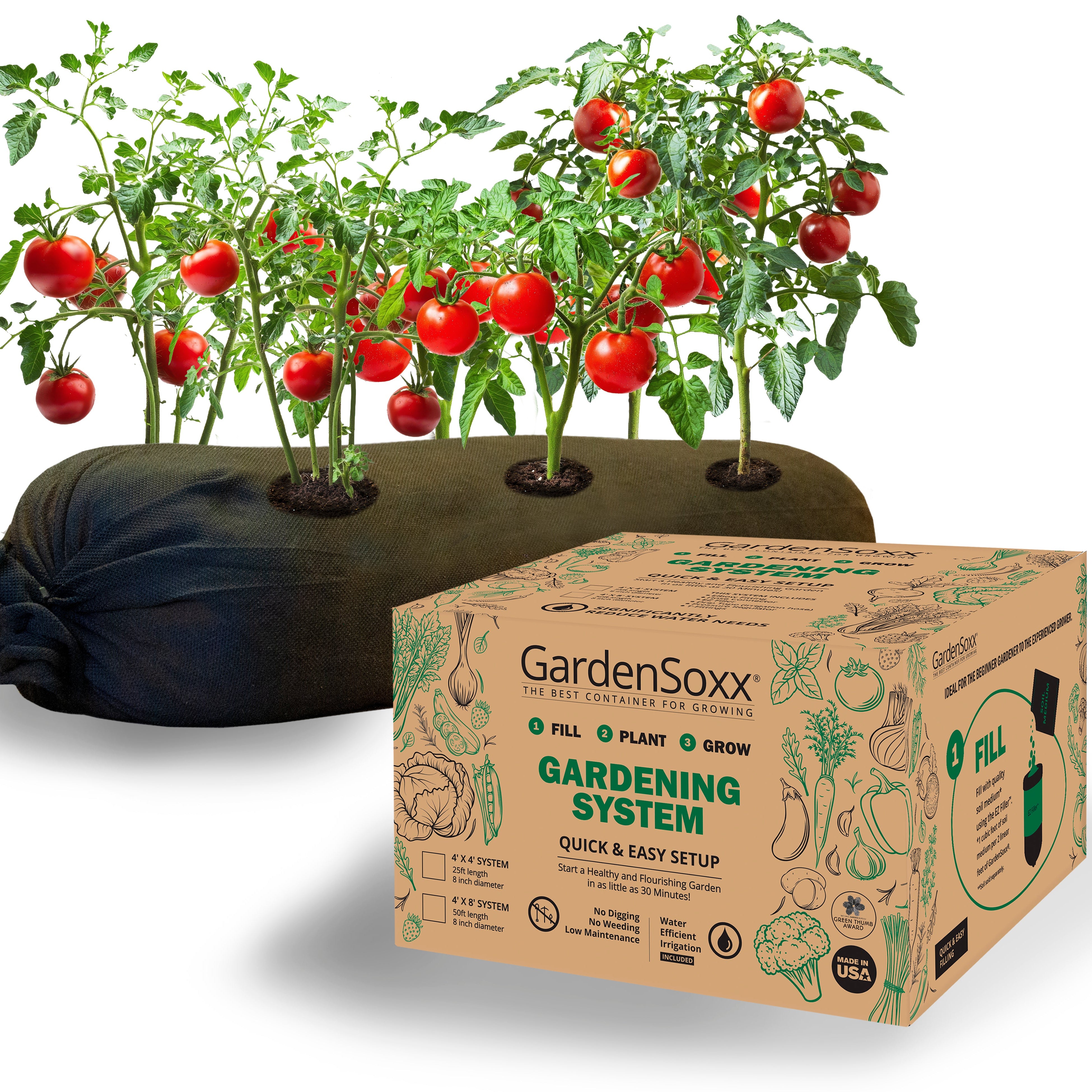Thyme
A pleasant and versatile herb, Thyme is common in a wide variety of recipes and pairs exceptionally well with poultry and fish. It is also often used in savory baked good like biscuits and flatbreads, giving them a subtle and well-balanced flavor.
Thyme can also be used in smoke smudging, in a similar fashion to sage, due to its anti-bacterial and cleansing qualities. Making a strong thyme tea, or consuming a thyme tincture can help to fight respiratory infections, colds and the flu.

Growing thyme in GardenSoxx® | Plant Family: Lamiaceae
Nutritional Information For Thyme
Nutritional Facts - per 100/g
| Nutrient | Amount | % Daily Value |
|---|---|---|
| Calories | 101 | - |
| Total Fat | 1.7 g | - |
| Sodium | 9 mg | - |
| Potassium | 609 mg | - |
| Dietary Fiber | 14 g | - |
| Sugar | 0 g | - |
| Protein | 6 g | - |
| Vitamin C | - | 266% |
| Iron | - | 97% |
| Vitamin B6 | - | 15% |
| Magnesium | - | 40% |
| Calcium | - | 40% |
How to Grow Thyme in Your GardenSoxx®
As a plant that is quite resilient to drought, thyme should be planted in very well-draining soil and is even well-suited for gravel gardens. Planting thyme from seed can require patience as it can take about a year for the plant to be established enough to produce a harvest. We recommend seedlings, planted about 12 inches apart.
Thyme Seed to Harvest Time: Thyme seeds take approximately 30 days to germinate and the plant can take about a year to produce a harvest

How to Harvest Thyme
Harvest the outer stalks of the plant, cutting them at the base about 1 inch up from the soil. While thyme can produce a harvest all year long, the leaves will be most flavorful during the summer.


















































